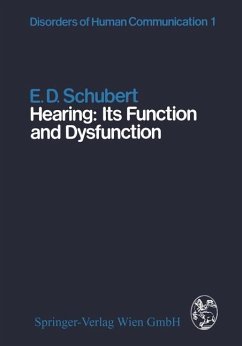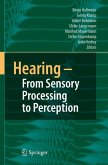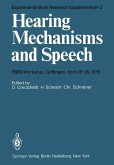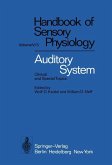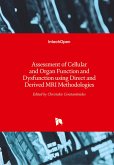This volume is one in a series of monographs being issued under the general title of "Disorders of Human Communication". Each monograph deals in detail with a particular aspect of vocal communication and its disorders, and is written by internationally distinguished experts. Therefore, the series will provide an authoritative source of up-to-date scientific and clinical informa tion relating to the whole field of normal and abnormal speech communication, and as such will succeed the earlier monumental work "Handbuch der Stimm und Sprachheilkunde" by R. Luchsinger and G. E. Arnold (last issued in 1970). This series will prove invaluable for clinicians, teachers and research workers in phoniatrics and logopaedics, phonetics and linguistics, speech pathology, otolaryngology, neurology and neurosurgery, psychology and psychiatry, paediatrics and audiology. Several of the monographs will also be useful to voice and singing teachers, and to their pupils. G. E. Arnold, Jackson, Miss. August 1980 F. Wincke1, Berlin B. D. Wyke, London Preface Despite years of interest and research in the hearing process, much of the exact detail of auditory processing remains in the realm of conjecture. We do have some rudimentary understanding of the way the system records changes in frequency and intensity and of the relations between the ear's spectrum analysis and our identification of sound quality. Some of these operations we can duplicate with auditory models of our own, or with laboratory analyzers that can serve as auditory analogs.

